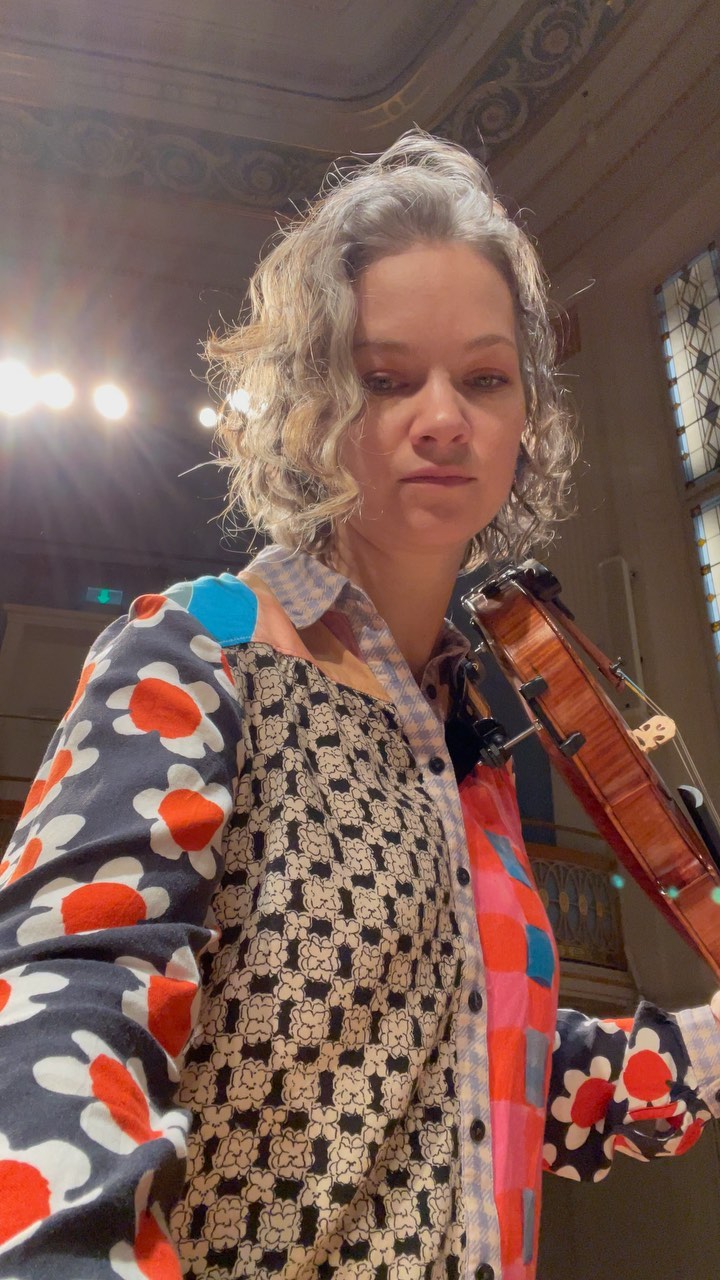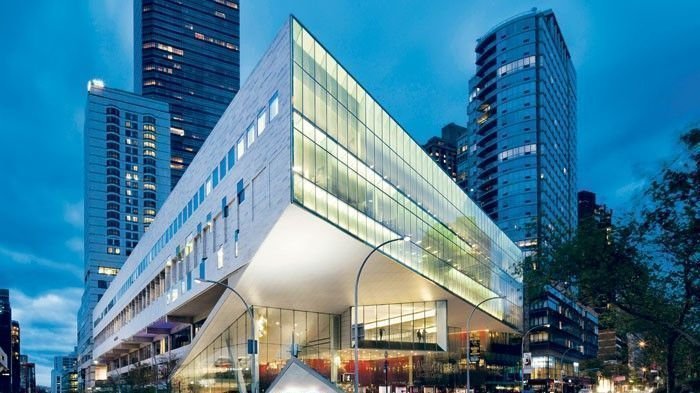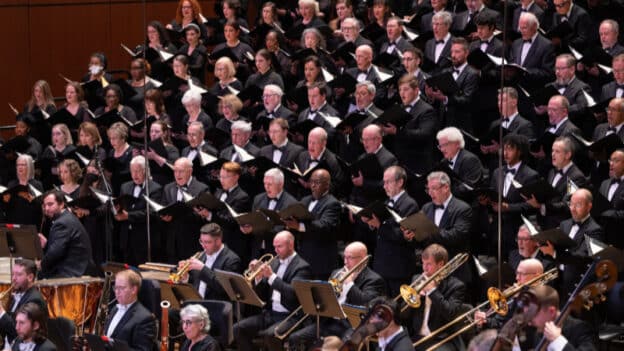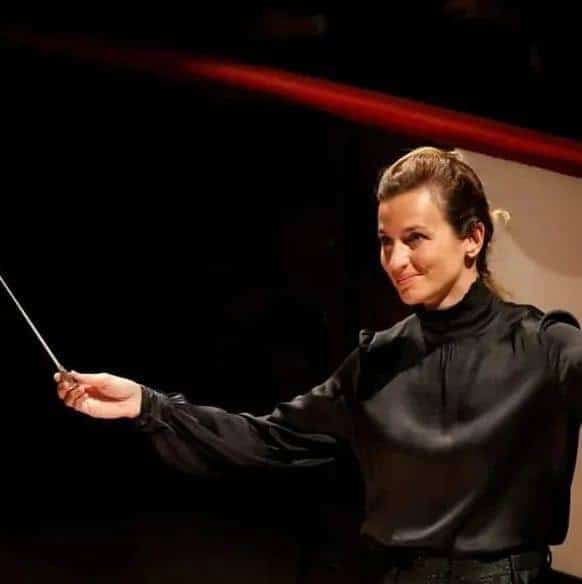The day Jack Bruce (of Cream) performed John Cage
mainYou couldn’t make it up. It’s on the record:

h/t: Steve Wehmhoff
| The Complete John Cage Edition – Vol. 28: The Works for Piano 5Soliloquy (1944) (3:09)
Three Easy Pieces (1933) Four Walls (1944) Haydée Schvartz, piano FOUR WALLS is a powerful and pivotal work in Cage’s oeuvre. This large-scale piece was written as a “dance-drama” with text and dance by his long-time collaborator Merce Cunningham. It was performed only once in 1944 in a production with actors (which included a young Julie Harris) and other dancers, and was not heard again until it was revived some 30 years later.
It was written using only the white keys of the piano. Four Walls shows Cage’s seminal ideas on silence, repetition and gradual change, as well as influences of Eastern philosophy and music-its use of repetition foreshadows later minimalist music. At Cunningham’s request, Cage also devised a shorter “solo” piece extrapolated from Four Walls, which Cunningham performed several times in his early recitals. Entitled SOLILOQUY, it is also presented here. The Three Easy Pieces are early, tonal Cage. The three movements-Round, Duo, and an “infinite” Canon-are written in an almost continuous 2-part contrapuntal style. Liner notes are by Cage’s long-time friend and publisher, Don Gillespie. THE PERFORMERS She is joined here by Jack Bruce (voice); composer, singer, bassist and multi-instrumentalist of the legendary rock group Cream. His eclectic approach to music in his solo recordings and bands mixes rock, blues (performing with John Mayall) and jazz (with Tony Williams Lifetime, John McLaughlin, Billy Cobham and Larry Coryell), with forays into the avant-garde (with ECM artists Michael Mantler and Carla Bley). |





I don’t understand the comment, ‘you couldn’t make it up.’ Jack Bruce was an accomplished rock and jazz bassist and a singer as well. If this was some sort of a put-down, it was a poor one.
He went to the same school as me where the music teacher, Jean Kidd, had studied at the RSAMD at the same time as Sir Alexander Gibson. He then asked her to provide the children for Scottish opera and SNO (and later asked her to start the SNO Junior Chorus). Some years before she had produced Figaro as the school show (a local comprehensive!) and many of her ex students ended up performing in the professional orchestras in Scotland. He was therefore lucky enough to have had a good classical grounding…. Very nice he mentioned her here in this article
Vintage Guitar: You started on upright bass…
Jack Bruce: I started on cello. I wanted to play bass simply because there was one available at school. I took lessons from a very old teacher; he must have been in his 70s. He thought my hands were too small. They wouldn’t go around the neck.
Another music teacher named Jean Kidd, who was a huge influence on me and on many other people in Glasgow, suggested I pick up the cello, and I took to that like a duck to water. After about six weeks I got a scholarship to the Conservatory. I had some formal lessons on bass a little later, but I was mostly applying cello techniques to the bass.
lovely!
Cage’s output is extremely diverse.
As Norman Lebrecht noted ” in a recorded compilation of US piano music, Cage’s fragments strike the ear with a piercing luminosity, outshining the melodism of Copland and Bernstein “